Léger, Fernand
Initially close to cubism, Fernand Léger's art quickly moved away from it, developing a style that emphasized dynamic forms and expressed the social climate of the time. Read the biography
Displaying 1-12 of 40 resultsSortedfrom newest to oldest
-
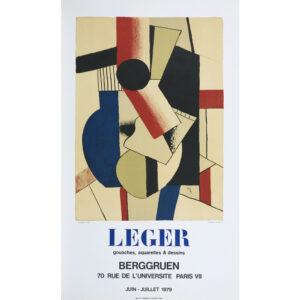
Gouaches Watercolors (Composition)
Fernand Léger
50€
-

Gouaches, watercolors and drawings
Fernand Léger
50€
-
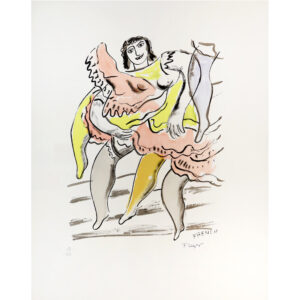
La Ville, Le french cancan (pl.28)
Fernand Léger
700€
-
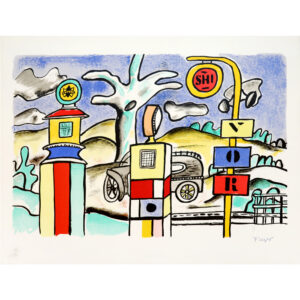
La Ville, The petrol pump (pl.27)
Fernand Léger
1 000€
-
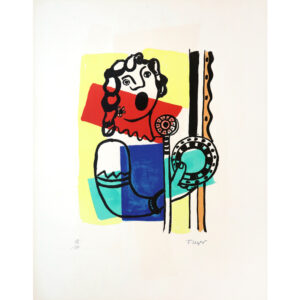
La Ville, The radio singer (pl.26)
Fernand Léger
1 000€
-
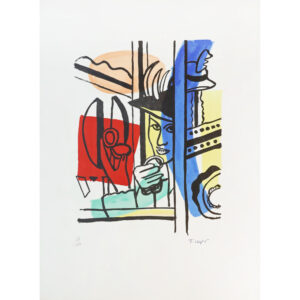
La Ville, Woman with powder case (pl.24)
Fernand Léger
850€
-
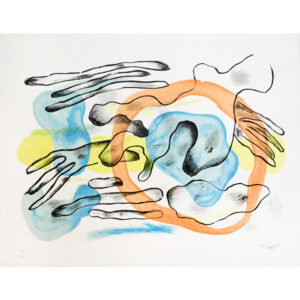
The City, The Clouds (pl.23)
Fernand Léger
SOLD
-
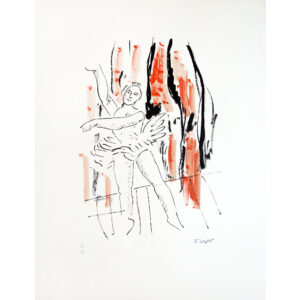
La Ville, La Danseuse (pl.22)
Fernand Léger
700€
-

La Ville, Le Viaduc (pl.19)
Fernand Léger
850€
-

La Ville, La Gare (pl.18)
Fernand Léger
850€
-

The City, The Roofs (pl.16)
Fernand Léger
700€
-

La Ville, Le Café (pl.15)
Fernand Léger
700€
Biography
Born in Argentan in 1881, Fernand Léger studied architecture in Caen before moving to Paris in 1900 and gradually turning to painting. He attended various academies, in particular the Académie de la Grande Chaumière. In 1907, like many artists, he was deeply affected by the retrospective devoted to Paul Cézanne. He became close to two groups of Parisian artists: on the one hand, La Ruche, where he met Marc ChagallChaïm Soutine and Blaise Cendrars, on the other, the Bateau-Lavoir, where Pablo Picasso and Georges Braque worked on the cubist aesthetic. With the latter, Léger opposed Impressionism, which he saw as not very innovative. However, he soon moved away from cubism to develop his own personal style, emphasizing dynamic forms and expressing the social climate of the time. This political interest led him down a pedagogical path: he wrote numerous articles, opened an academy in his studio and founded L'Esprit Nouveau with Le Corbusier and Amédée Ozenfant.
In the 1940s, Léger fled to the United States, where he rubbed shoulders with André Breton, Max Ernst, Marc Chagall and Piet Mondrian. He took an active part in local artistic life, inspired by the mechanization of American society at the time. On his return to France, he joined the Communist Party and began experimenting with new techniques, notably with commissions for stained glass windows for churches in Assy and Audicourt. Léger also took part in monumental projects, notably when he created a fresco for the façade of the Gaz de France building in Alfortville, winning the grand prize at the Sao Paulo Biennial in 1955. He died the same year in Gif-sur-Yvette.
Today, he is known for his imposing works such as Composition aux deux parroquets, his interest in cinema(cubist Charlot) and his illustrations (notably for Paul Éluard's poem Liberté ).
